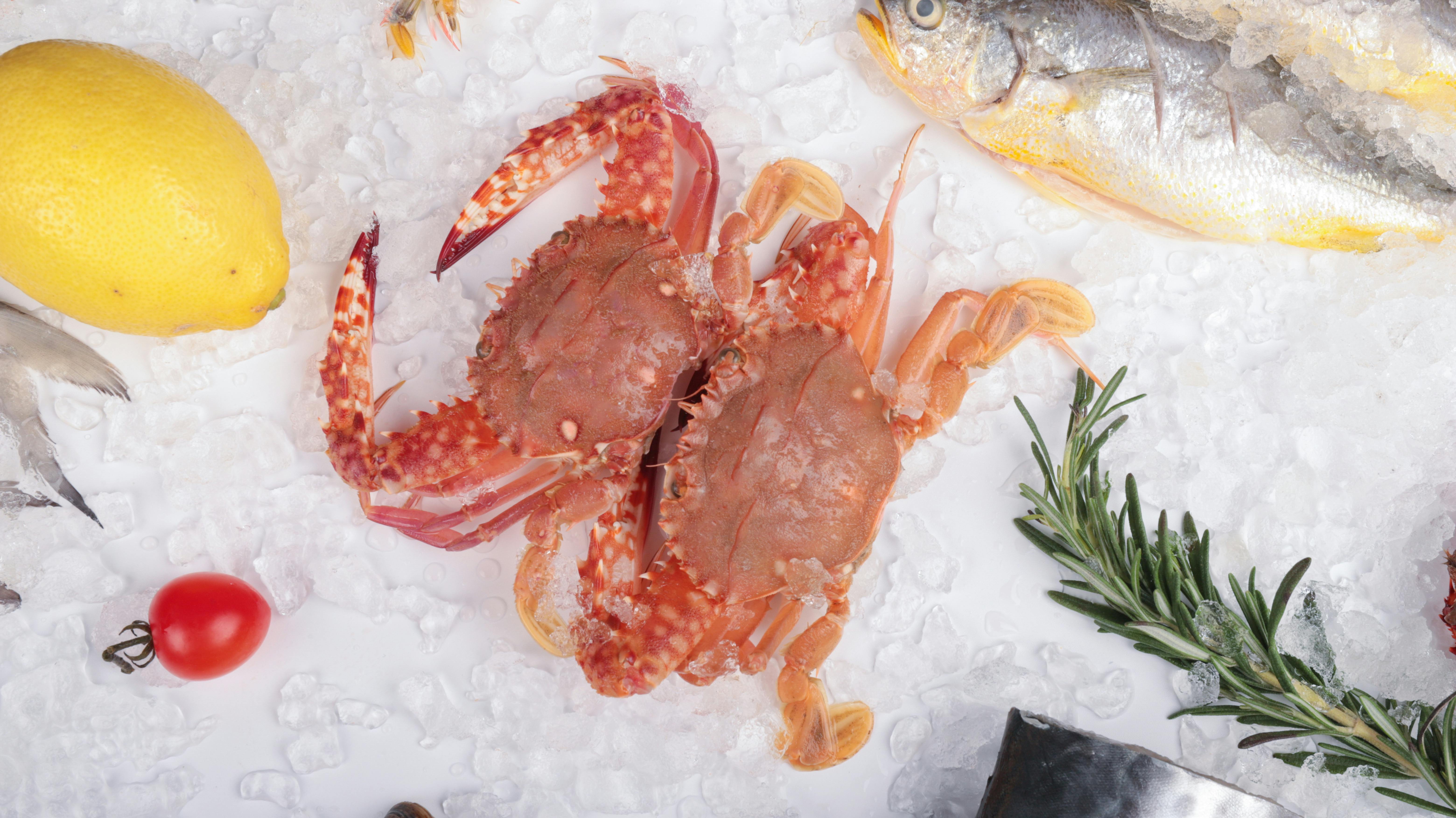Effective Methods for Enhancing Salamander Diet in 2025

Effective Methods for Enhancing Salamander Diet in 2025
Salamanders are fascinating amphibians that require a specific diet to thrive in captivity or the wild. Proper nutrition is vital for their growth, health, and reproductive success. With the advancement of research in amphibian care, understanding how to feed salamanders has never been more comprehensive. In this article, we will delve into the optimal dietary practices for salamanders in 2025, highlighting the best food options, feeding habits, and nutritional needs tailored to both aquatic and terrestrial salamander species.
The benefits of a well-rounded saladmander diet extend beyond mere survival; they influence health, growth rates, and reproductive capabilities. By the end of this article, you will have a clearer understanding of the types of food suitable for salamanders, how to prepare nutritious meals, and tips for maintaining the right feeding frequency. Prepare to enhance your salamander care experience and ensure your pet remains healthy and happy!
We will cover various aspects of salamander diets, including dietary needs, types of food, and feeding techniques, as well as common mistakes owners should avoid. Let’s explore the essentials of salamander nutrition!
Understanding Salamander Dietary Needs thoroughly
Salamanders, like all amphibians, have unique dietary needs that often vary by species and habitat. The essential components of a balanced salmonid diet typically include proteins, fats, vitamins, and minerals. Recognizing these requirements is crucial for maintaining their overall well-being. For example, aquatic species might require a higher percentage of protein-rich foods to facilitate optimal growth, whereas terrestrial species may bask in a slightly varied diet.
Additionally, nutritious food for salamanders often consists of live insects such as crickets, mealworms, and other invertebrates. On the flip side, some species might also have herbivorous tendencies where incorporating fruits and vegetables proves beneficial. It's also essential to consider feeding frequency for salamanders, as juvenile salamanders often require more frequent feedings than adults.
The impact of diet on salamander health cannot be overstated. A poor diet can lead to various health issues, including obesity, stunted growth, and even behavioral changes. Regular monitoring is vital to adapt their meals as they grow and change. Keeping these dynamics in mind is essential when it comes to salamander care and feeding.

Types of Salamander Food and Their Preparation
When selecting food for your salamander, it’s important to understand the various types of foods available and how they fit into their dietary framework. The best food for salamanders includes a mix of live foods and prepared diets that suit their individual needs.
Live Food Options for Salamanders
Live food options are often the most enticing for salamanders. Insects such as crickets and mealworms serve as excellent protein sources that many salamanders actively hunt in nature. The movement of these insects mimics the salamander's natural hunting environment, enhancing their feeding behavior.
A good practice is to rotate between different types of insects to provide variety in their diet. You may also consider introducing nutrient-rich supplements to live food before feeding. This method ensures a more balanced nutritional profile for your salamanders, promoting their growth and health.
Preparing Homemade Salamander Food
Homemade food can play a significant role in enhancing your salamander's diet. A simple recipe might include finely chopped vegetables combined with protein options like ground turkey or fish. Always ensure to supplement with vitamin and mineral powder suitable for amphibians.
Commercial Salamander Foods
There are several commercial foods available designed specifically for salamanders. These often contain the necessary nutrients in easy-to-manage formats. While these options are very convenient, it's critical to evaluate the ingredient list for quality and completeness to ensure they meet your salamander’s specific dietary needs.
Finally, ensuring access to salamander dietary supplements, particularly calcium and vitamin D3, is crucial for maintaining healthy bones and skin, especially in growing juvenile salamanders. Experimenting with different textures and combinations can also help stimulate their appetite and acceptance of new foods.

Monitoring Salamander Health Through Diet
The connection between diet and salamander health is vital. Observing signs of healthy salamanders can serve as a guide to the effectiveness of your feeding habits. A well-nourished salamander will exhibit vibrant colors, consistent activity levels, and a healthy appetite.
Feeding Frequency and Its Impact
Understanding the appropriate feeding schedule is critical. Adult salamanders typically require less frequent feeding compared to juveniles, who may need daily feedings. By closely monitoring their eating habits and adjusting the feeding frequency accordingly, you can ensure they receive adequate nutrients without the risk of obesity.
Signs of Starvation and Nutritional Deficiency
It's equally important to recognize the signs of starvation in salamanders. Look for behaviors such as lethargy, decreased activity, or weight loss as indicators your salamander may not be getting enough nutrition. Implementing a varied diet that meets their needs can help counteract these signs.
Adapting Diets Based on Growth Stages
As salamanders transition through various growth stages, their dietary needs will evolve. For instance, juvenile salamanders tend to require more protein-rich food to support rapid growth. In contrast, adult salamanders may thrive on a diet that incorporates fewer calories but still fulfills their nutritional requirements.
Mistakes to Avoid When Feeding Salamanders
Feeding your salamander may seem straightforward, but common mistakes can lead to malnourishment or health issues. One prevalent mistake is failing to provide a varied diet – relying solely on one type of insect can lead to nutritional deficiencies.
Understanding Salamander Appetite and Preferences
Each salamander may have unique food preferences based on their species and personal taste, making it essential to offer a selection of food options. Understanding their dietary preferences will not only enhance their eating experience but also contribute to better selection and overall health.
Importance of Hydration in Salamander Diet
Hydration is another critical factor in salamander diets. Ensure your pet has access to fresh, clean water at all times, as a hydrated salamander is more likely to thrive and display optimal health. You can also moisten dry food or offer water-rich fruits to assist in keeping them hydrated.
Conscious Considerations for Captive Salamander Diets
Lastly, it’s essential to consider environmental factors that impact the diet of salamanders in captivity. Foods may need to be modified based on the habitat provided, temperature, and humidity levels in their tank. Regularly adjusting their diet to mirror their natural feeding patterns can lead to happier and healthier salamanders.
As we move forward, understanding the intricacies of salamander feeding will be crucial in ensuring their optimal care.
Q&A: Addressing Common Salamander Feeding Queries
What types of insects are best for salamanders?
Crickets and mealworms are among the best options, but introduce a variety of insects to keep their diet interesting and nutritionally balanced.
How can I prepare homemade food for my salamander?
Chop up fruits and vegetables, and mix them with protein sources like ground turkey or fish. Fortify with vitamin supplements for a complete meal.
How often should I feed my salamander?
Juvenile salamanders generally require daily feedings, while adults can be fed every few days. Adjust according to their activity and appetite.
What are the signs of nutritional deficiency in salamanders?
Signs can include lethargy, unusual skin texture, or weight loss. Regular monitoring and adjusting their diet can help mitigate these risks.
Are commercial foods suitable for my salamander?
Yes, but be cautious to choose high-quality products that suit your specific type of salamander. Check labels for vitamin and mineral content.
Maintaining a balanced and appropriate diet for your salamander is essential for their health and longevity. By incorporating these practical tips into your feeding routine, you will ensure a nourishing and satisfying diet for your amphibian friend.